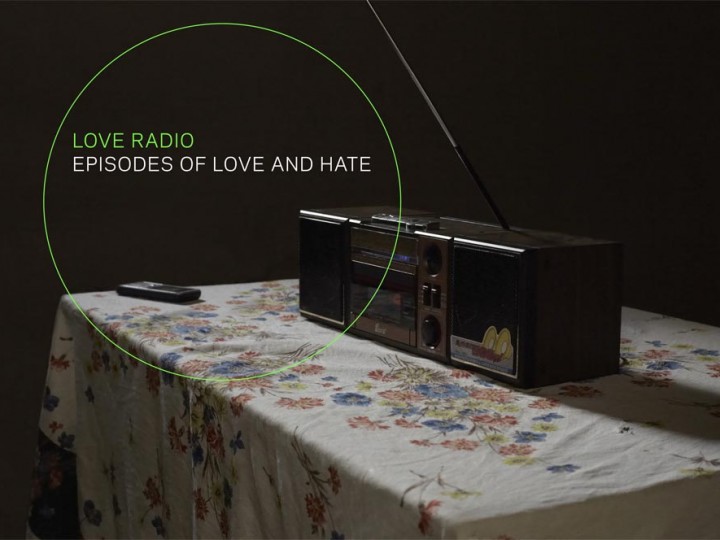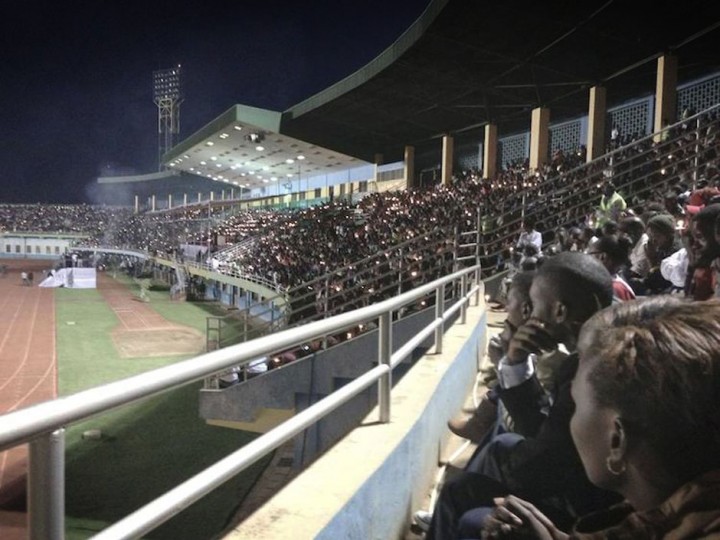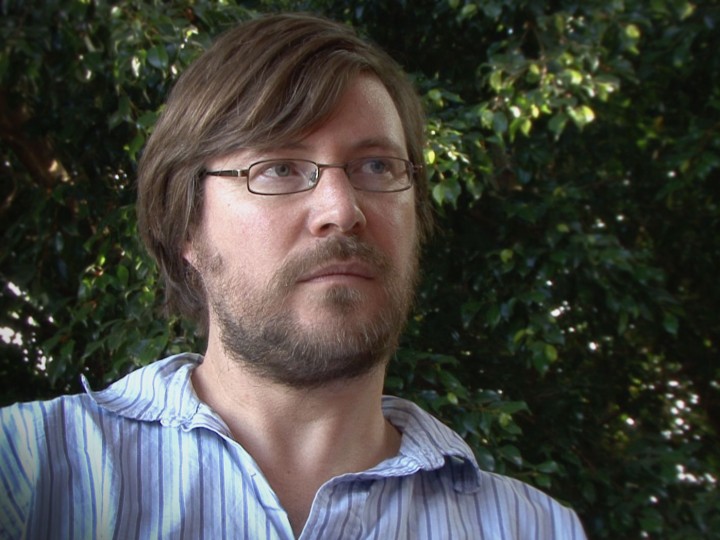
Rates of HIV/AIDS have fallen dramatically over the last decade in Rwanda.
Today, the adult HIV prevalence rate has dropped to less than 3%, down from 13% in 2000. That’s about half the rate of other East African nations such as Uganda and Kenya, says Dr. Anita Asiimwe, executive secretary of Rwanda’s National AIDS Control Commission.
Rates of new HIV infections and AIDS deaths also decreased in the same period, she adds. “Quite a lot has been done to be able to achieve this,” not least the “massive sensitisation of the population to understand the HIV epidemic, and be able to take preventative measures.”
“Adult HIV prevalence rate has dropped to less than 3%, down from 13% in 2000.”
“Most people are now aware there is an HIV/AIDS epidemic in our country, and understand both how they can contract and prevent HIV/AIDS,” Asiimwe explains.
The expansion of preventive testing and counselling services has played a “critical role,” she says. “Back in 2000, barely any health facilities offered voluntary counselling and testing services, but now more than 85% of the health facilities across the country offer these services to Rwandans.”
Progress: some facts
- Rwandan health facilities providing voluntary counselling and testing services: 417 (up from 15 in 2001)
- Testing among Rwandan couples: 84% in 2009 (up from 13% in 2003)
- Facilities offering dedicated mother-to-child-transmission prevention services: 382 in 2010 (up from 11 in 2001).
- As a result, mother-to-child transmission rates decreased to 2.3% in 2010 (from 30.5% in 2001)
Rwanda has achieved one of the highest coverage rates of antiretroviral therapy in Africa, with more than 97% of those who are eligible for the therapy receiving it. As of 2007, Rwanda had 150 antiretroviral therapy centres and, for most patients, treatment is free.
Extracts from the Canadian Medical Association Journal




